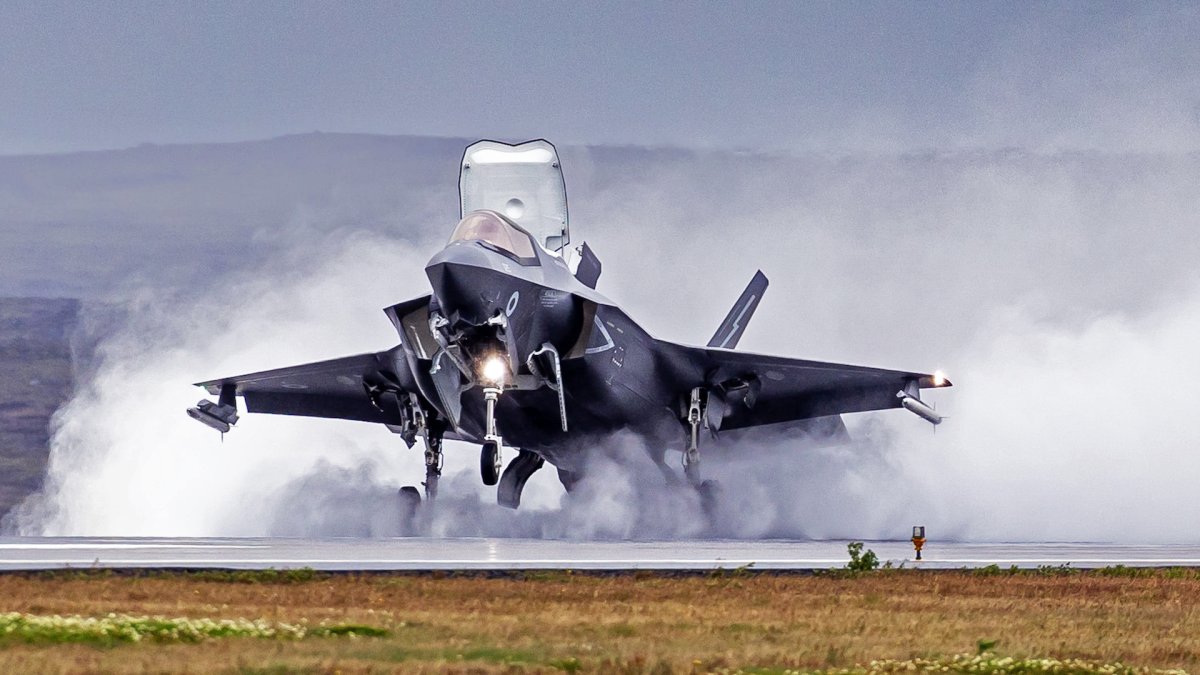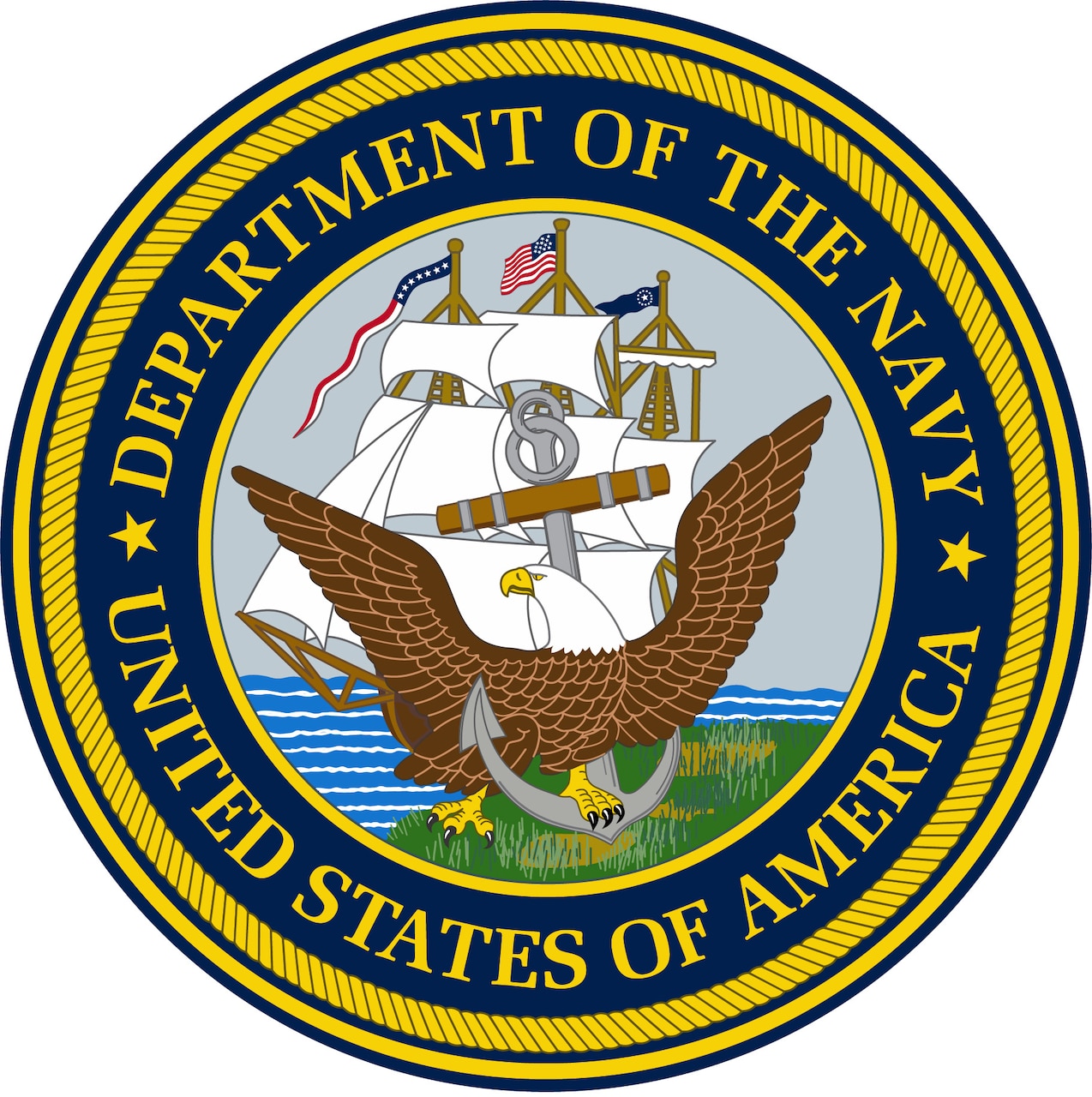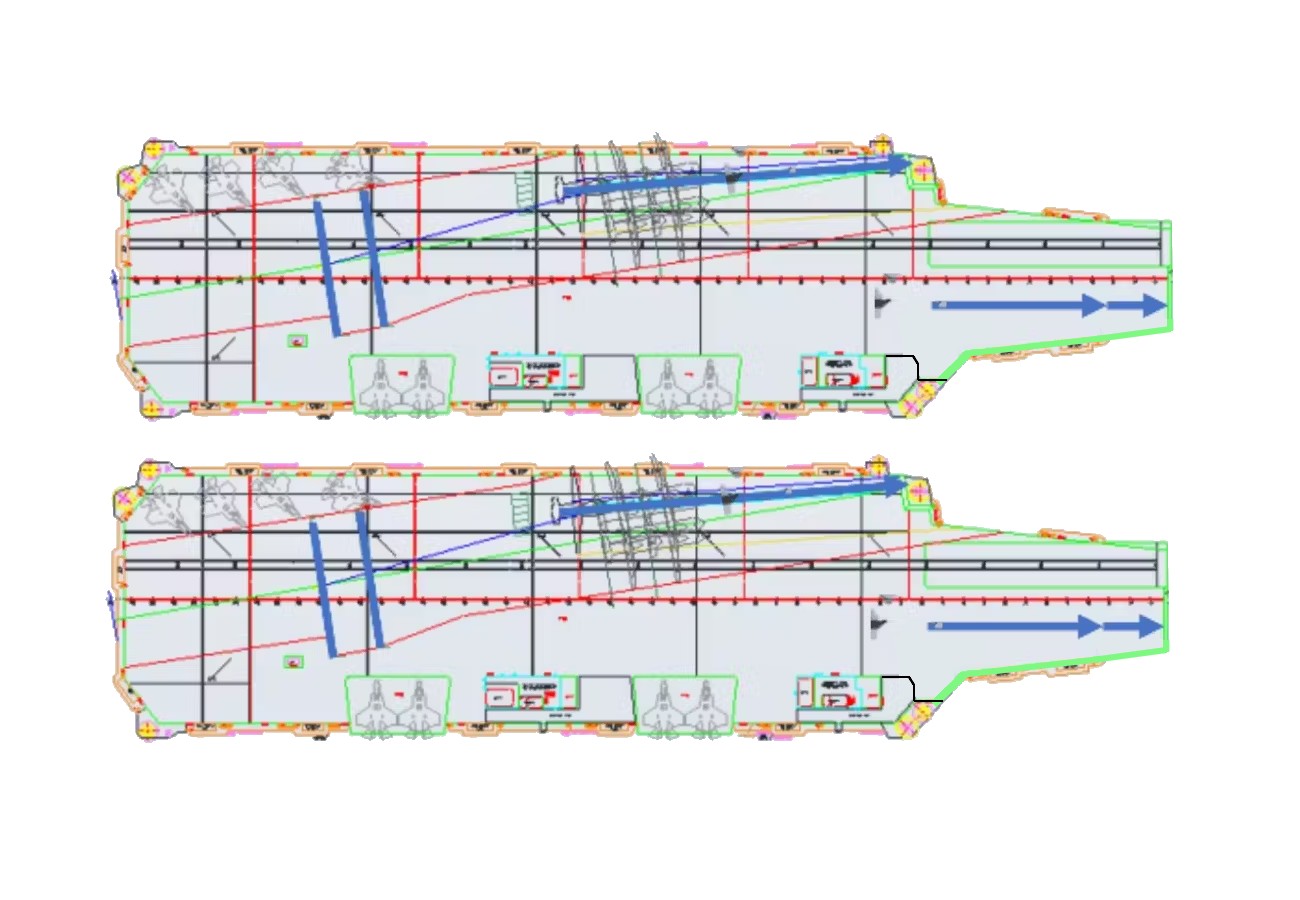No it wouldn't have been, the conversion at such a late stage could well still be going on today!This is a copy of the post I made in the F-35 international thread.
Seems to be some debate wrt to the RN’s F-35B fleet size. An apparent budget black hole of 20£ billion is the reason and government is claiming GCAP and a bigger F-35B isn’t affordable. Given the range issue, block 4 delay, weapons integration delay, and increased sustainability costs for the “B” version, perhaps the carrier CATOBAR conversion may have been the better idea.

United Kingdom's F-35B Fleet Plans Under Threat As Defense Cuts Loom
Faced with defense budget constraints, a tough choice may need to be made between the F-35 and the Tempest stealth fighter program.www.twz.com
No budget has been made and no defence review has happened, there are however a LOT of rumours being kicked around by the very hostile Daily Telegraph, the Mail, the Sun and the Express. These "news" papers are virtually the new opposition party often quoting comments made by ex Tory MPs as some sort of reliable inside information from the current government.






